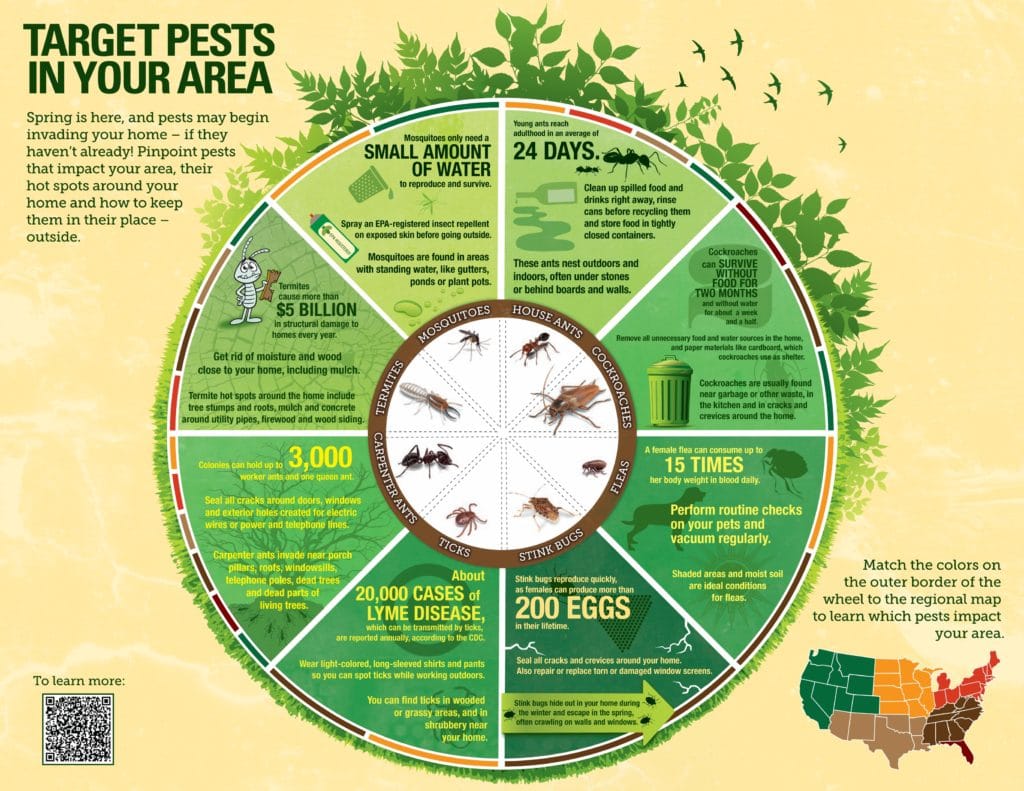Rat Control Recognizing Typical Rodent Habits
Rat Control Recognizing Typical Rodent Habits
Blog Article
Content Author-Lorenzen Nyborg
When it concerns rodent control, recognizing common rodent habits is crucial to successfully handling invasions. Did you know that rats have some remarkable nesting habits that might shock you? By exploring their complex behaviors, you can gain important understandings right into exactly how to take on rodent concerns in a more critical and effective manner. So, allow's decipher the secrets behind these animals' actions and discover how to outmaneuver them in your rodent control initiatives.
Rat Nesting Habits
When observing rodents in their all-natural habitat, you'll see that they proactively look for materials to create their nests. https://pctonline.com/article/delcon-pest-control-expertise-plus-experience--success/ , such as computer mice and rats, are resourceful creatures that make use of a variety of products like branches, leaves, paper, and material to develop their homes. They're meticulous in their nest-building procedure, often lining their nests with softer products like hair or plumes to create a comfortable atmosphere.
Rats prefer to construct their nests in concealed and safe and secure areas to safeguard themselves and their young from predators. Typical nesting spots include wall surface dental caries, attics, cellars, and even within insulation products. By building their nests in these private locations, rodents can safely raise their children far from possible threats.
It is important to comprehend the nesting practices of rodents when executing control measures. By disrupting their nests or removing materials, you can discourage rats from developing an existence in your home or home. Proper sanitation and sealing entrance factors are likewise important action in protecting against rodent invasions.
Rodent Feeding Patterns
After observing rodents' nesting routines, it comes to be evident that their feeding patterns play a critical duty in their lives and actions. Rodents, including computer mice and rats, are opportunistic feeders, indicating they'll eat whatever food source is readily offered. They're mostly nighttime creatures, choosing to forage for food throughout the cover of evening to avoid predators.
Rodents have a diverse diet, ranging from grains, seeds, fruits, and veggies to bugs, nuts, and also little pets. This adaptability in their food selections permits them to grow in various settings, including urban locations where human food resources are bountiful.
Their feeding patterns aren't just driven by hunger however also by the requirement to accumulate food for times of shortage. This habits is particularly recognizable to prepare for winter season or when nesting. Rodents are recognized to hoard food in their nests or burrows, ensuring a continuous food supply. Comprehending their feeding patterns is important in executing effective rodent control steps to interrupt their food sources and stop problems.
Rodent Movement and Travel
Rats navigate their environments with dexterity and stealth, using their keen detects to relocate swiftly via their atmospheres. These animals are adept climbers, able to scale walls and vertical surfaces easily. They can additionally squeeze via remarkably tiny openings, making it vital to seal off any potential entrance factors in your home.
When it concerns traveling, rats often tend to comply with familiar courses, producing trails along walls or skirting the edges of spaces. https://www.fox7austin.com/news/austin-wildlife-rescue-rehab-center-x-ray of habit, usually sticking to these established courses as they forage for food or discover their surroundings.
Rats are understood for their nighttime practices, so you may hear them scurrying about during the night as they search for food and water. Their movements fast and irregular, enabling them to dart in and out of sight in the blink of an eye.
Recognizing just how rodents relocate and travel can assist you identify possible invasion locations in your home and take aggressive steps to avoid these insects from getting a grip.
Conclusion
As you work to manage rats in your house, bear in mind that understanding their habits is essential. By recognizing their nesting practices, feeding patterns, and motion, you can effectively protect against invasions.
Coincidentally, by taking aggressive measures to remove food resources and seal off entry factors, you can interrupt their acquainted courses and require them to look for new places, eventually minimizing the chance of rodent visibility in your space.
